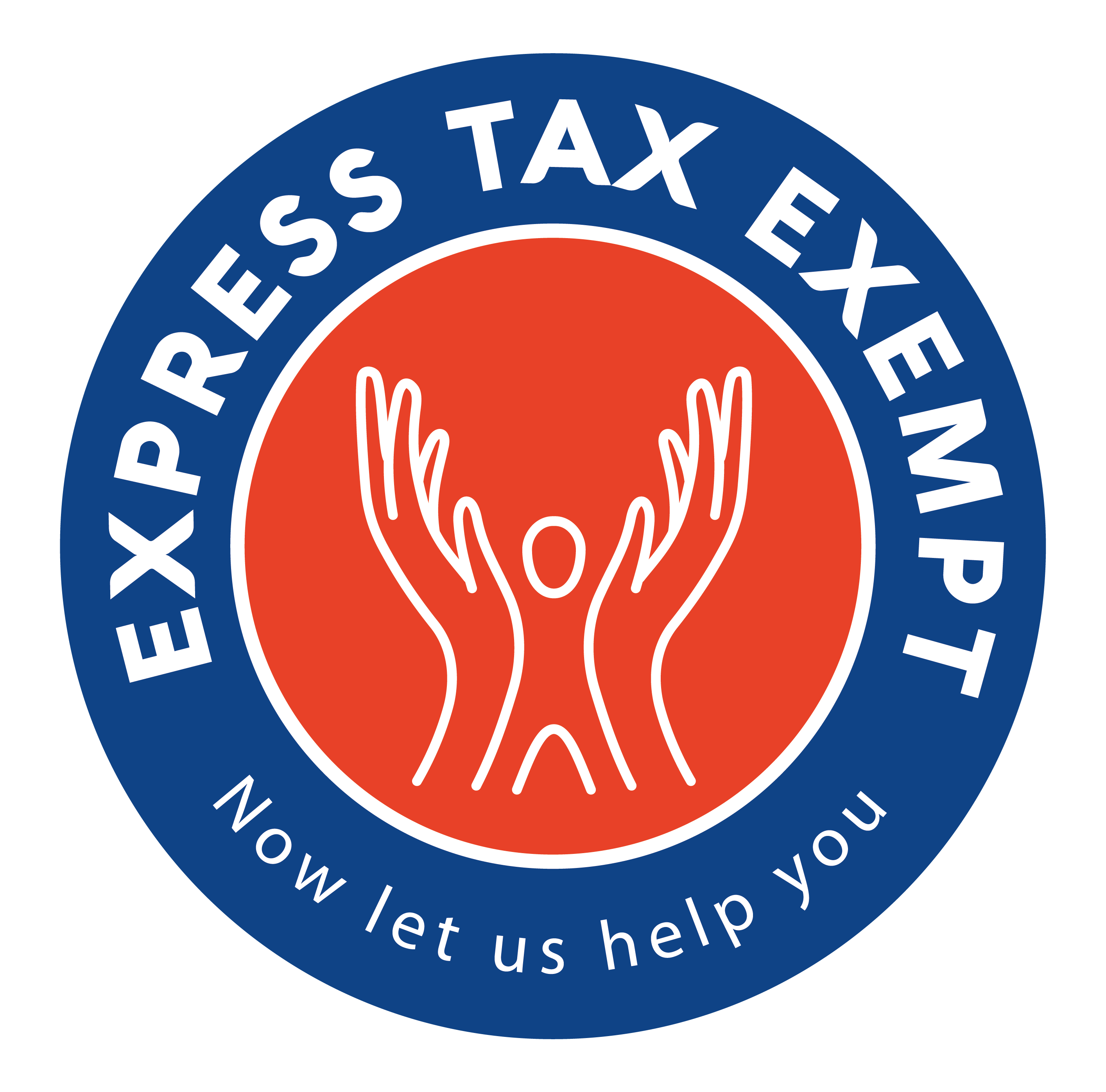Reasons for Form 990 E-File Rejection
 Have you filed your Form 990, only to find out after all that hard work it has been rejected by the IRS? Now, the next step is to find out why it was rejected so you can re-file and avoid losing your tax-exempt status (easier said then done). Here are the most common reasons the IRS may reject a Tax-Exempt Organization’s Form 990:
Have you filed your Form 990, only to find out after all that hard work it has been rejected by the IRS? Now, the next step is to find out why it was rejected so you can re-file and avoid losing your tax-exempt status (easier said then done). Here are the most common reasons the IRS may reject a Tax-Exempt Organization’s Form 990:
1. The organization must obtain exempt status from the IRS.
- Before an organization may file a Form 990, it must file for tax-exempt status from the IRS by using Forms 1023 or 1024.
- If you have already applied for exempt filing status but have not received a confirmation, there will be an option to select. If you do not check this box, the IRS will reject your return.
3. The filer should not file a return by changing the organization’s tax year, The Tax Period must match the IRS database unless the organization was terminated in the reporting tax year.
- This is the most common error we see. It is vital that you know what the IRS has on record for your organization’s tax period. Many filers believe they operate on a calendar-year basis but actually do not. In order to determine your operating period, you can simply call the IRS and inquire about your organization. You will need your organization’s EIN and possibly other information like its address, phone number, and principal officer(s).
4. The IRS can cancel user’s exempt organization status due to various reasons. User must find the reason with IRS before filing the return.
- This generally happens when an organization hasn’t filed for three consecutive years. Should this be the case, the IRS will automatically revoke your tax-exempt status. You will need to re-file a Form 1023 or 1024 in order to regain your status with the IRS.
For more information on tax-exempt status, check out our blogs:
How To Reinstate Tax-Exempt Status
What Can Cause Your Tax-Exempt Status To Be Revoked?
All about the EO Select Check

